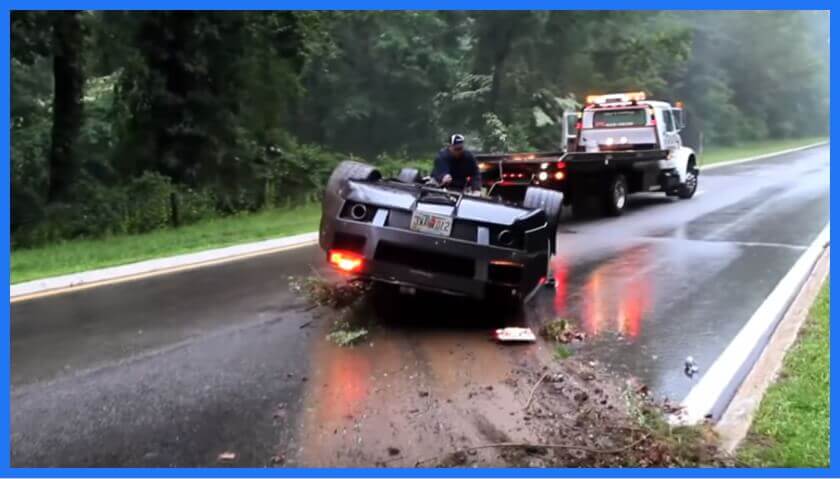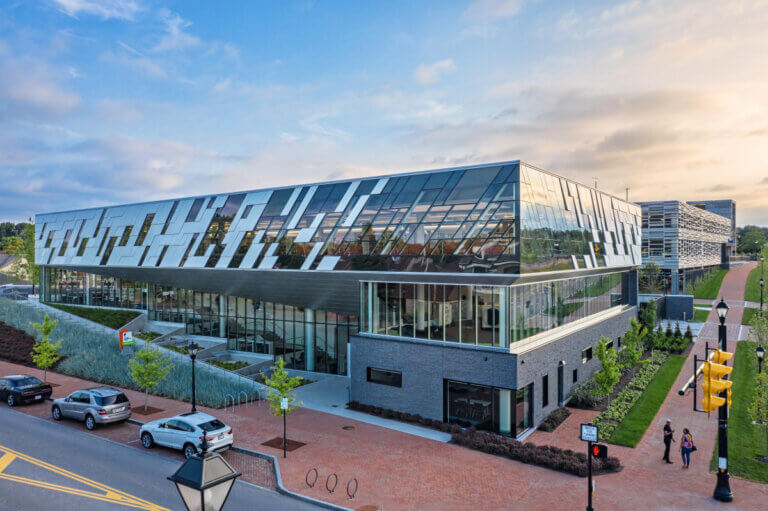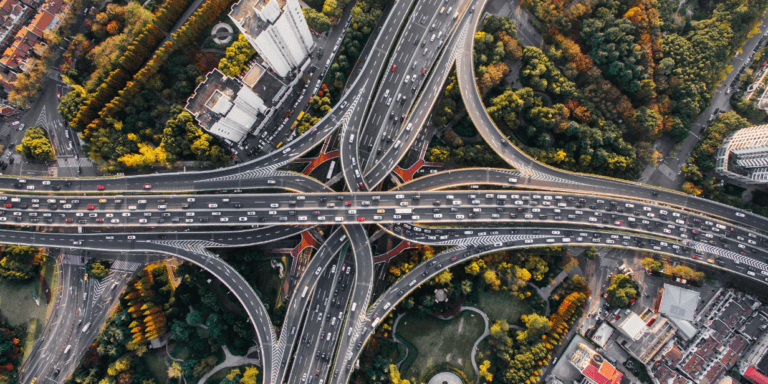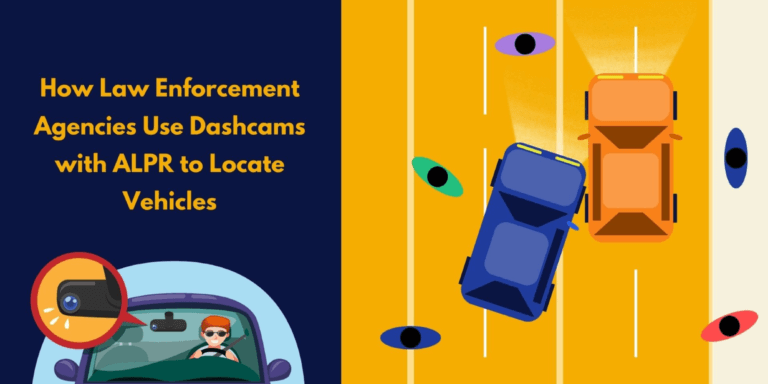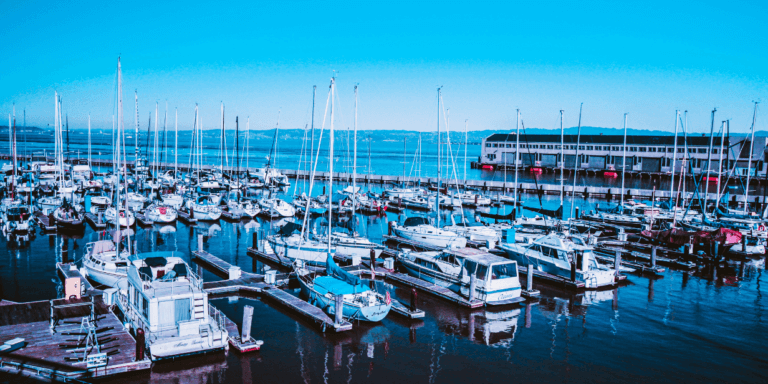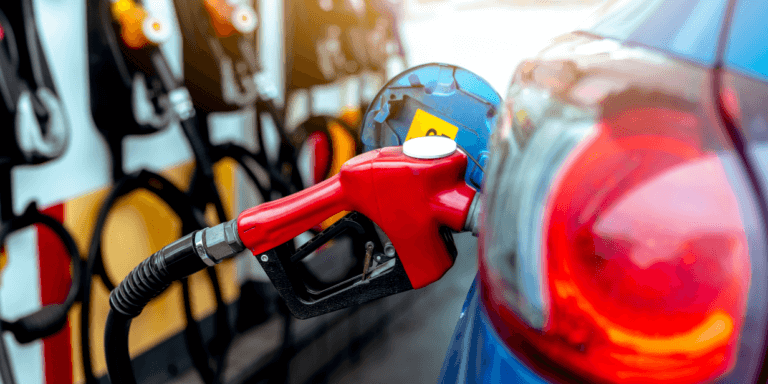We live in a world where honoring people’s right to privacy and exposing information for the public interest has never been so controversial or contradictory. On the one hand, we feel entitled to have access to all information and on the other hand, we want our privacies preserved. It can be difficult to comply with the ever-changing Freedom of Information Act (FOIA) policies and keep sensitive information, such as vehicle license plates, confidential and safe while maintaining our right to use and access crucial videos and documents.
In this article, we will cover exactly what FOIA means, how to use FOIA to request for video recordings, the impact FOIA has on video requests that contain license plates, the importance of blurring license plates to protect civilians and how Plate Recognizer can help police and government organizations save time and money as well as keep in compliance with FOIA.
What is FOIA?
The Freedom of Information Act was enacted in 1966. It gives any person the right to request information from federal agency records except where such information is protected from disclosure. Upon receiving a written request for such information, all United States government agencies such as the local police, FBI, fire service, etc. are required by law to disclose such information.
How Do You Use FOIA to Request for Video Recordings?
FOIA laws allow consumers to make a video request from relevant government agencies by submitting a request describing the information they want in the format they want it in. Consumers should be aware that government agencies are not required to answer research questions, do research, to create records in response to their request, or analyze data for them.
Consumers should also know that FOIA requires federal and local agencies to release certain information (e.g. copies of records that have been granted public access) automatically without the need for them to make a request. So, before any consumer sends an FOIA request, it is a good idea to look at government agency websites first and see what is already available online.
Any person who wishes to make a video recording request from a municipality or police department must do so within 2 months (60 days) from when the video recording was made. Such requests must be submitted personally or by certified mail. The FOIA request must include:
- The location, time, and date of the event recorded;
- Statements describing a requester’s connection to the recorded event;
- Identities of people present during the recording time if an incident took place inside a particular residence. The only exception to this point is when a person cannot ascertain such identities or if the requester does not know the people who were present at the time of the recording.
Once a consumer files a request, the municipal or police department has up to a month (30 days) to respond. In some cases, the agency and the requester can come to an agreement to extend the time to respond to a request. Simple FOIA requests are processed faster compared to complex requests. While simpler requests only seek several pages of records, more complex requests require additional steps to process high volumes of material. If consumers have any questions regarding their request, they can consult with FOIA’s Requester Service Center.
Consumers may request FOIA for video to understand cause of a car accident. Source: Internet.
Why Would You Want to Request a Video Recording?
There are many reasons why a civilian may want to request video recordings from government agencies. For example, TV stations often want information pertaining to newsworthy items such as natural disasters or a crime scene. Lawyers may want to obtain videos to serve as evidence in their defense or prosecution of accused criminals. You may want videos to prove your innocence when you were pulled over by a traffic police officer. If this is the case, you may request a copy of their dash camera video to prove your case.
In the examples above, any personal data including names and license plates must first be blurred before the video and images can be released.
What Information Cannot Be Disclosed Via FOIA?
While most video recordings can be made available upon request, there are exemptions. Anything deemed to be of national security will not be released. Other documents and videos that fall under this category include confidential information and medical files of other partie, data concerning bank supervision, inter-agency memoranda, information protected under relevant laws, and classified information for foreign policies.
A municipal or police department might review the request itself unless it had an understanding with the offices of the Attorney General or the District Attorney. If that is the case, a lawyer from these offices will review the request and choose to reject or agree to release the recording.
A municipal or police department may reject a request to release a recording in writing if:
- The video recording is potential evidence in criminal matters;
- The video recording contains a victim’s information or any other confidential information;
- The recording gets in the way of a criminal investigation on a criminal charge that has been filed.
If a municipal or police department grants a request, it can charge a reasonable fee, not defined by law, to release a copy of the video recording. If the request is denied, a consumer can appeal within 30 days of the denial. The appeal should be made to a Court of Common Pleas that has jurisdiction over the matter.
Need to Blur License Plates on FOIA Videos
We live in an era where people can find out a lot of details about you from simple things such as your social media profile to your vehicle’s license plate. When your license plate is obtained, private information such as your name, your address, your birthday and the make/model of your car can be traced. Blurring your license plate guarantees anonymity and protection against the leakage of these sensitive information. It also prevents identity theft, car theft, and stalking. Not obscuring a license plate can leak information such as your whereabouts, leaving you vulnerable to criminal attacks.
Penalties for Not Blurring License Plates
Releasing photos or video recordings of personal vehicles to the public without blurring their license plates exposes owners to the public eye and could lead to severe repercussions.
Doing so violates their privacy rights, and can lead to criminal charges, civil suits, and hefty fines. Appropriate disciplinary action may be taken for intentional or willful violation of privacy rights. Employees or agents belonging to an agency or department can instigate proceedings that will determine whether disciplinary action should be taken against offenders. As such, it is to everyone’s interest to blur any license plates that may appear in the FOIA videos.
How Plate Recognizer Helps Blur License Plates
Plate Recognizer is one of the global leaders in license plate recognition, serving clients in over 50 countries across 6 continents. Our Automatic Number Plate Recognition (ANPR) software engine was developed from the ground up and is able to provide high accuracy license plate recognition, making manual recording of number plates a thing of the past. It can even identify a vehicle’s type, make, model and color. And with its On-Premise SDK, customers can securely process videos and images in their environments without sending images over the Internet.
Plate Recognizer is constructed using two neural networks: one to identify the license plate and the other to decode the car plate. By leveraging the first neural network, we are able to identify all the license plates in a particular image or frame of a video.
Select Blurriness of License Plates
While our core technology is extremely strong in license plate recognition, we took our ANPR software several steps forward to help government agencies and municipalities comply with FOIA in an easy to use, streamlined manner.
With the bounding box of the license plate identified, we have created a tool to blur the plate bounding box itself. You can even set the degree to which you want to blur a particular license plate as shown in the example below. You can get more details and see additional examples of how we can blur license plates from our blog.
Blur Partial License Plates
We also tuned our neural networks to support partial license plates. This is important because a video stream may show an individual walking across a license plate. Each frame of the video may not show the full vehicle plate, but over a 10 second video, the viewer can easily figure out the full license plate.
Also, in a situations where 5 characters of the plate are shown, viewers have a good shot at figuring out the identity of the vehicle based on the city, state, vehicle make, model and color, and the 5 plate characters.
So by blurring the partial plate, we eliminate any chance that personally identifiable information (PII) can be identified.
Blur partial license to elimnate chance that PII information can be obtained from part of a license plate in view. Source: Internet.
Blur Dented, Slanted License Plates
A TV broadcaster may want to give a traffic update as a result of a multi-car accident. To protect the privacy of the individuals involved, it’s important to blur the plates that may be dented or slanted as a result of the collision.
To that end, we have enhanced our software engine to capture dented and slanted plates.
Blur a dented plate that may result from a car accident. Source: Internet.
Blur a slanted plate that may result from a vehicle going into the side of the embankment. Source: Internet.
Blur Multiple License Plates In Image
Without saying, aside from protecting the main vehicle in view, it is critical to anonymize other car plates that are in the image or video. This helps to protect the identities of all individuals involved.
Blur all car plates in an image or video. Source: Internet.
Data Privacy Protection for Organizations
Sharing sensitive data such as a video of a crime scene outside of your corporate walls may pose a lot of risk. Thankfully, our ANPR SDK sits inside your environment and no images are ever sent to Plate Recognizer. This way, you do not have to worry about GDRP, CCPA, PIPEDA, DPA and other privacy policies. We give you full control to do what you wish within your IT environment.
Plate Recognizer Optimized for FOIA
We appreciate the government’s efforts to guarantee the privacy of all citizens while allowing the public to request and access videos from the police and other departments. Among many things, we believe that this effort helps to build trust and transparency between the political sector and the general public–as long as personally sensitive information such as license plates are not shared.
We have tuned and optimized our license plate recognition software to help government institutions abide to FOIA laws quickly and with minimal hassle. Now, with just a few steps, institutions of all sizes and technical sophistication can serve the FOIA needs of their constituents.
Interested in learning more? Contact us for more info!
